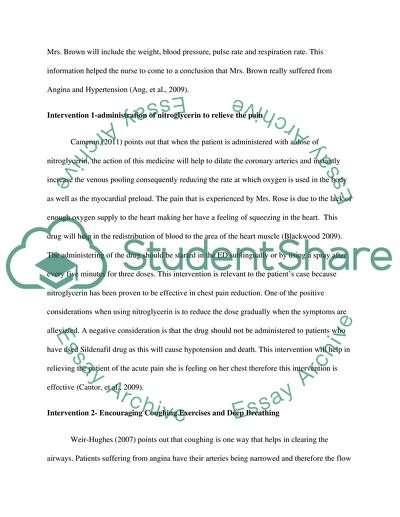Cite this document
(“The Acute Pain on the Chest during Angina Essay”, n.d.)
Retrieved from https://studentshare.org/nursing/1596575-case-study-essay
Retrieved from https://studentshare.org/nursing/1596575-case-study-essay
(The Acute Pain on the Chest During Angina Essay)
https://studentshare.org/nursing/1596575-case-study-essay.
https://studentshare.org/nursing/1596575-case-study-essay.
“The Acute Pain on the Chest During Angina Essay”, n.d. https://studentshare.org/nursing/1596575-case-study-essay.


